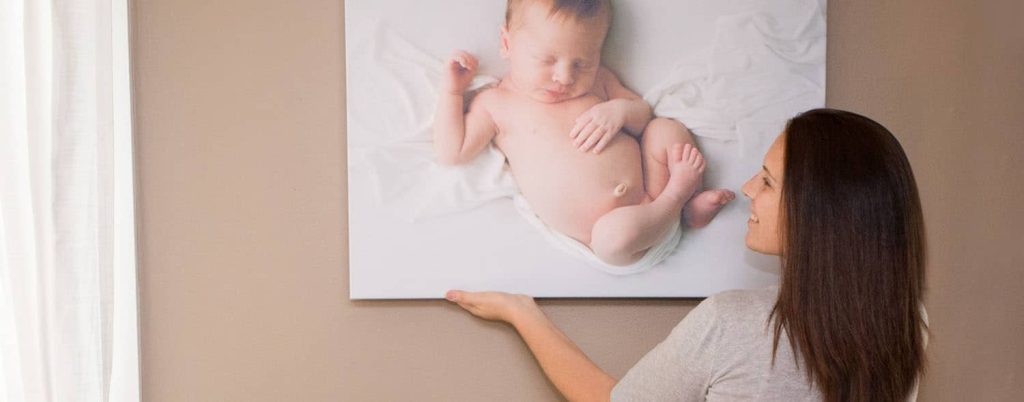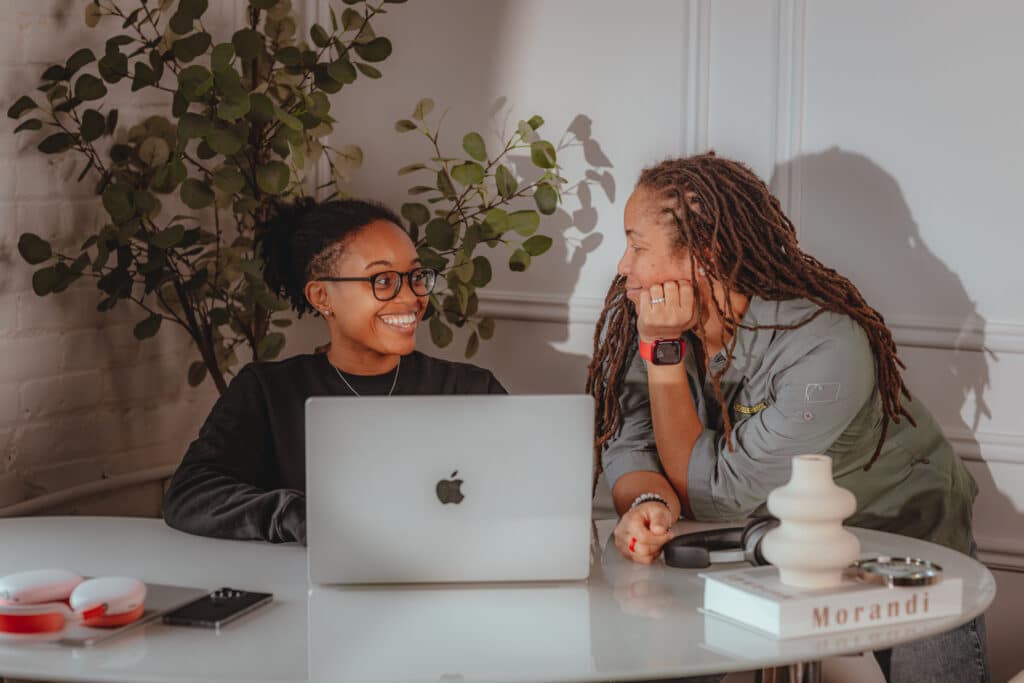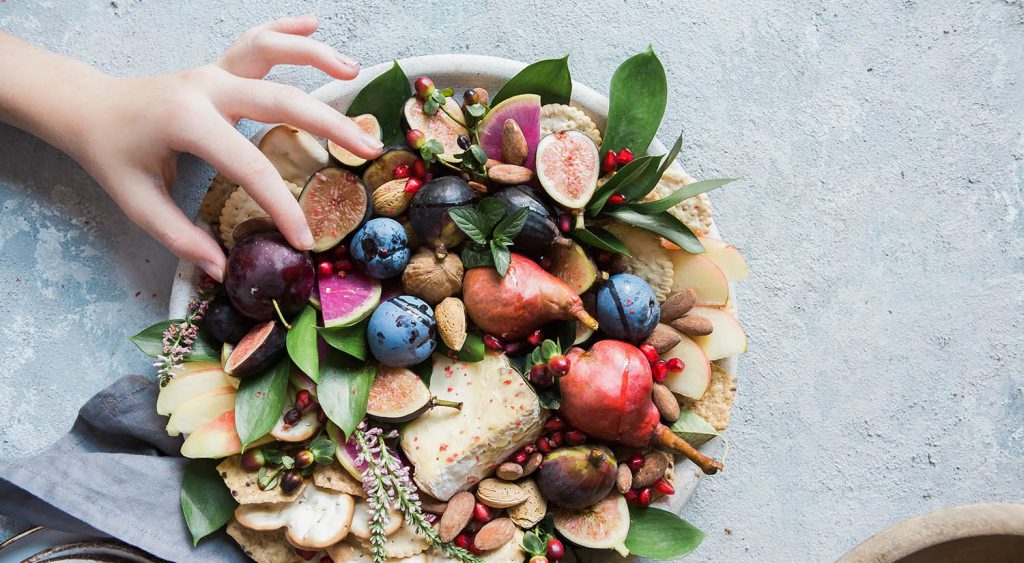
What should you charge as a food photographer? Here’s the best way to figure out food photography pricing for your small business.
The biggest question any photographer across all fields has is: what should I charge for my photography? What do other photographers charge? Will I be charging enough?
That sentiment is no different for food photographers—we’re all just trying to figure out how to run the best possible business. Let’s dig into food photography pricing and what impacts commercial photography rates.
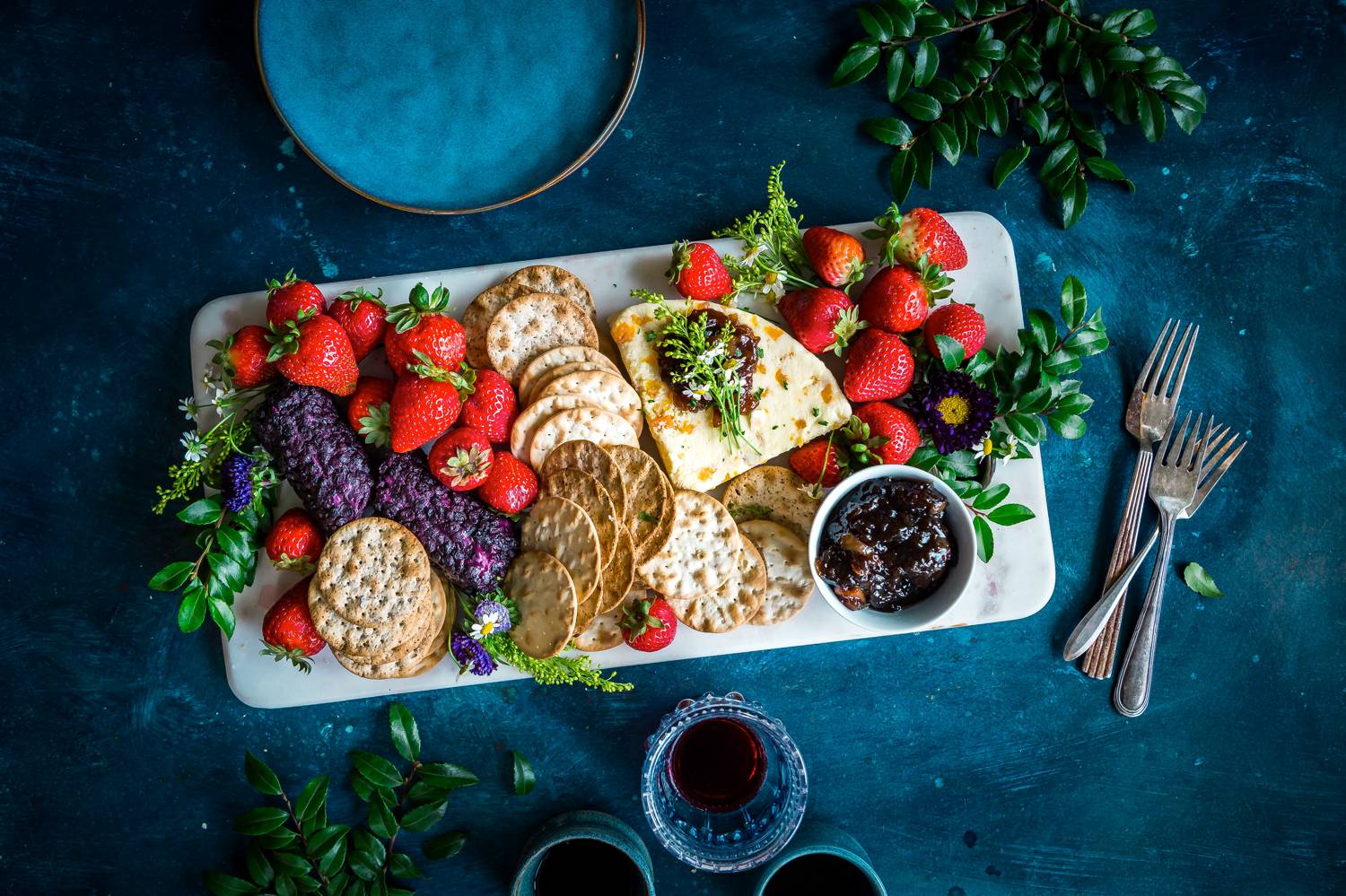
Brooke Lark
The best ways to determine your food photography pricing
Like any photography business, your rates will vary based on a few different things. First and foremost: what’s your market like? The food photography market in New York City, for example, is totally different from the one in Cleveland. There’s a need for food photographers in both places, but New York has a lot more restaurants and a lot more photographers.
The average rates for food photographers are anywhere from $400 to $2500 per day.
How much experience do you have photographing food?
Your years of experience will come in handy. When it comes to pitching yourself, someone with a wide range of experiences and a larger portfolio will be an attractive bid. However, if you’re a beginner at food photography, you can still develop a successful small business! Let’s learn more about gaining experience with food photography and developing your portfolio.
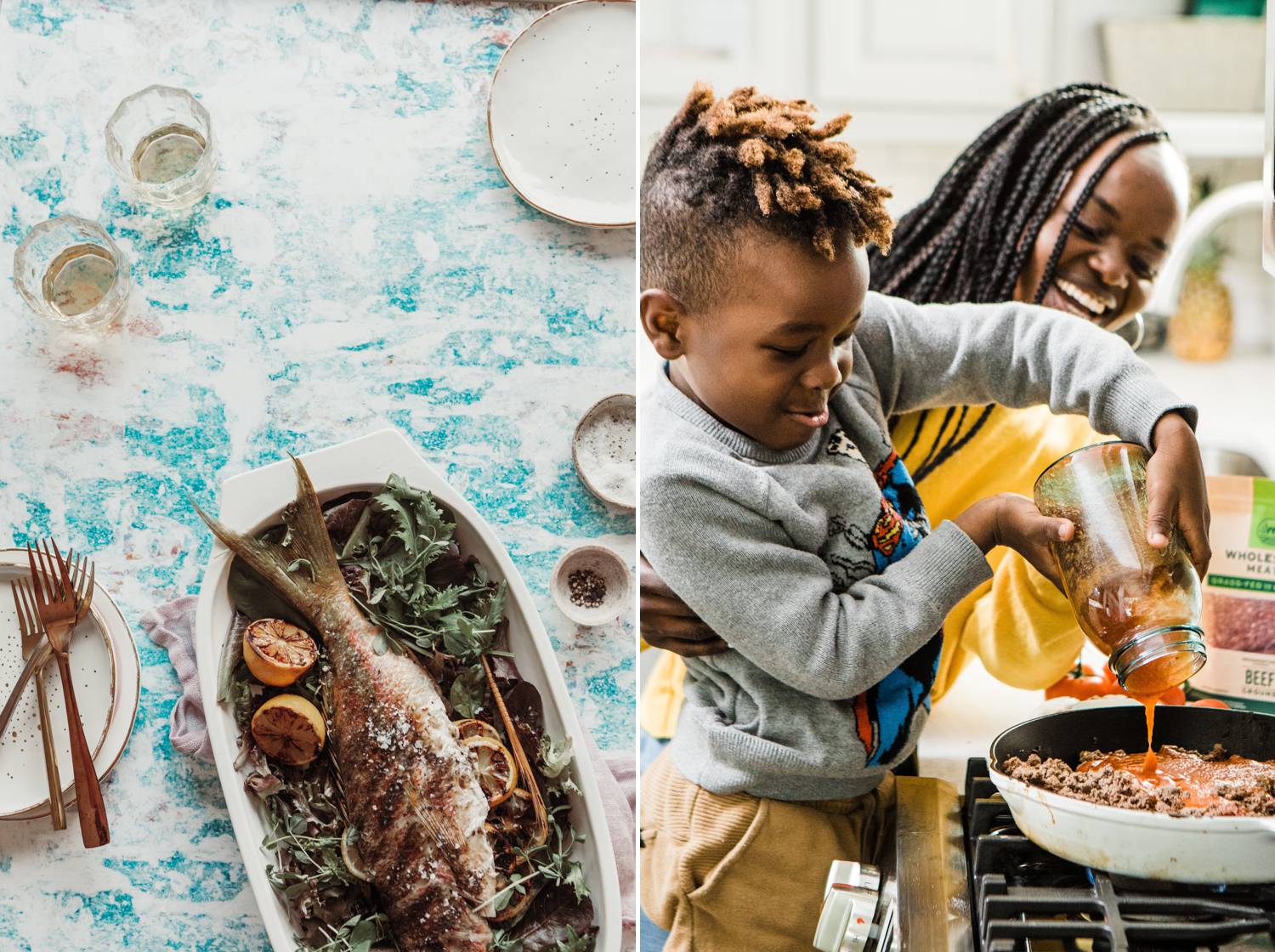
Brooke Lark
Find food photography clients in your area
If you’re a new food photographer, you can start small while building your portfolio. Practice and develop some portfolio shots in your home by cooking or collaborating. Test out different lighting, backdrops, and styles to find the right fit for you. You can experiment with post-production and editing styles to find the right rhythm for you.
Pitch your food photography services locally
Once you develop a visual portfolio, it’s time to pitch your photography services!
Research restaurants whose menus align with your style. Send them a sample of your food photography portfolio and pricing options. You could offer à la carte services or packaged options to make their hiring process simple.
We’ll examine more into packages and food photography pricing below.
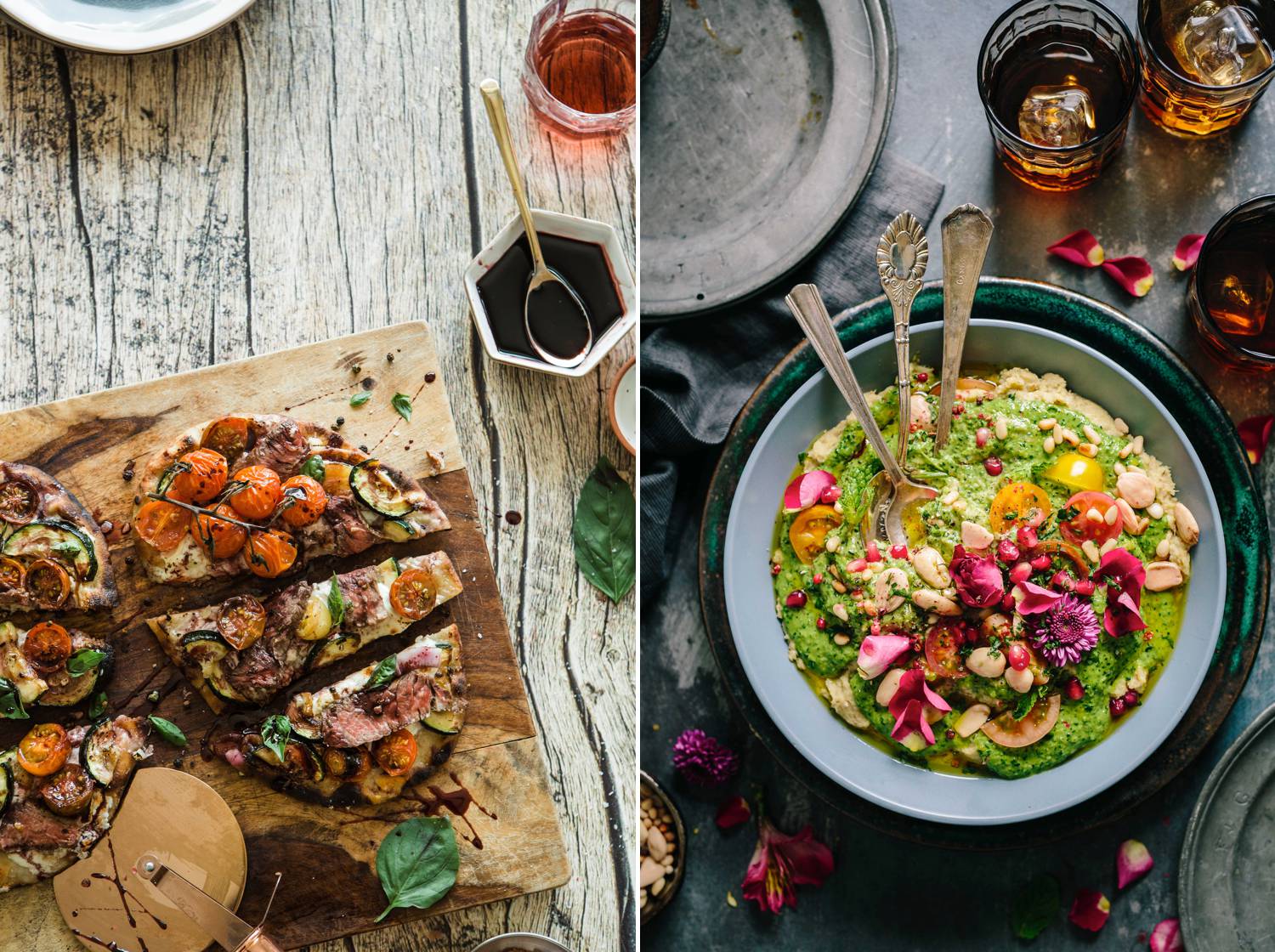
Brooke Lark
Collaborate with a photography agency as a content creator
Many commercial photographers collaborate with an agency to find clients. It saves them the time spent finding potential clients, so they can focus on perfecting their craft. Take a peek into local agencies that represent food photographers. These days, there are tons of content creation companies that are looking to hire out commercial photographers in different markets.
Work with a content creation company
Be aware that these agencies usually have set rates for their photographers. The good news for you? You don’t have to spend time figuring out your day rate. Potential deterrents? It may be a little less money than you’d otherwise make. The agency will handle the pre-production (and sometimes post, too!) but your hourly rates may be lower.

Brooke Lark
Typical food photography pricing structures
Curious what other creatives are charging for food photography? First, you’ve got to understand how they’re charging. Let’s talk about what goes into the pricing of a food photographer.
Packages or à la carte… what’s the best way to go?
Bundling your photography services into packages can make life easier for clients. Restaurateurs are busy, and sometimes the easiest option is the best one. You’ll want to make their client experience as seamless as possible to open the door for repeat business.
If the restaurant has experience hiring food photographers, they may know exactly what they want – in this case, present an à la carte option, it will work well. However, many restaurants just know they want food photos and don’t know what goes into them – which is why bundled packages are often a great option!
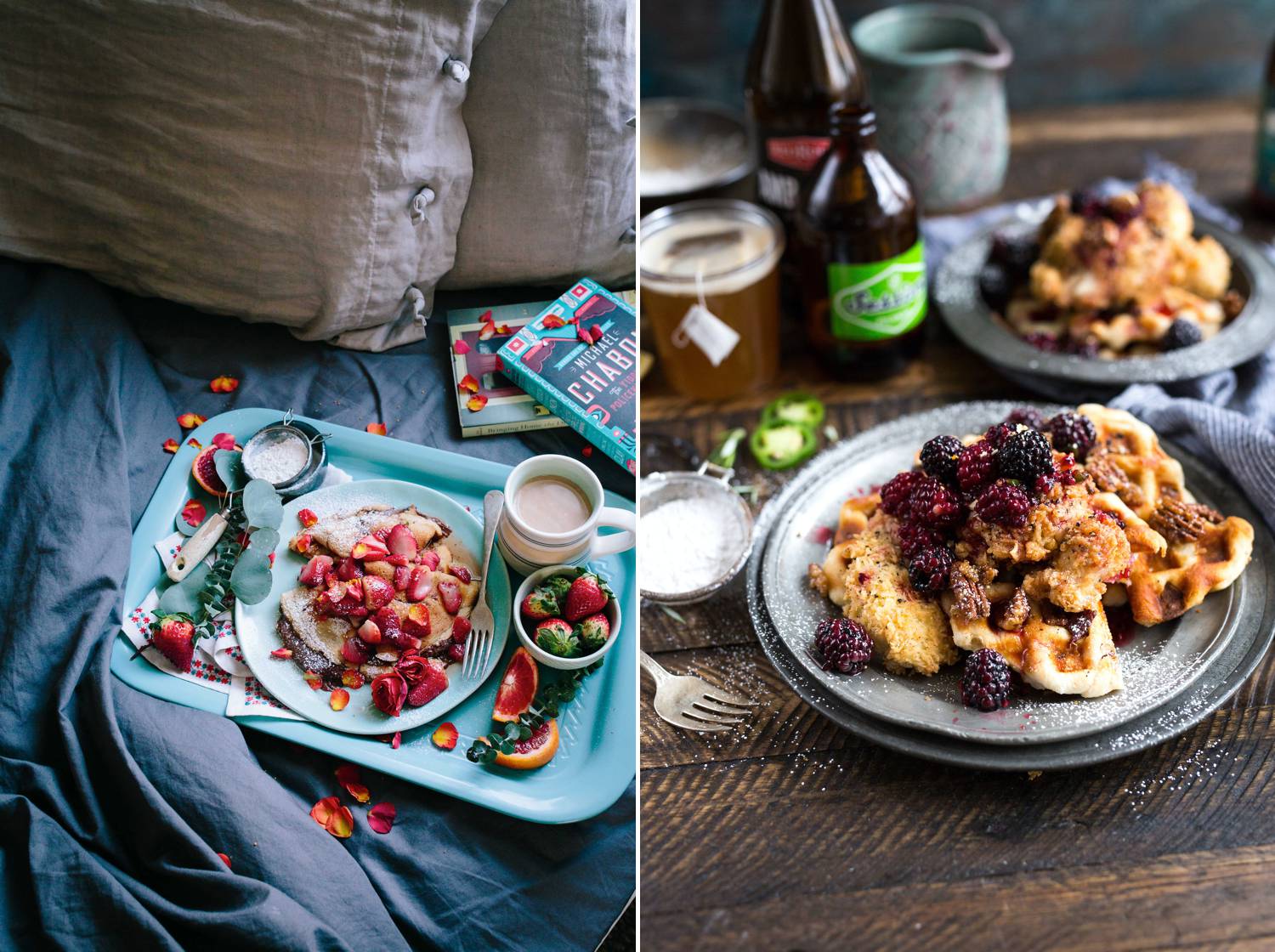
Brooke Lark
Hourly rates or day rates: what’s the best choice?
Some food photographers charge day rates, while others charge hourly. It depends on the scope of work needed from the client. Day rates mean that you charge the same, whether it’s a 2-hour shoot or an 8-hour shoot. When charging hourly rates, it’s based on the number of hours. Make sure to have a contract for either option to protect yourself in case you go overtime.
Pre-production and post-production pricing
Food photography requires more than showing up and taking photos. There’s a lot of prep work and post-production that go into the creation of wonderful images. Factor in the labor you put in from start to finish, and bake it into your prices or write separate line items. Sometimes it helps to have separate line items so clients know exactly where their money is going.
Licensing fees, creative fees, expenses – oh my!
Consider how your images are going to be used. Will they be used primarily for social media? Printed on menus? Shared on a billboard? Price based on the usage of the images, which can be a separate fee or bundled into a single price. Commercial photographers also charge creative fees.
Will there be any out-of-pocket expenses for the shoot? If you’re purchasing backdrops, props, hiring models, make sure the client is aware they need to pay for these expenses. These costs are separate from your food photography pricing, as you’re not profiting from that money.
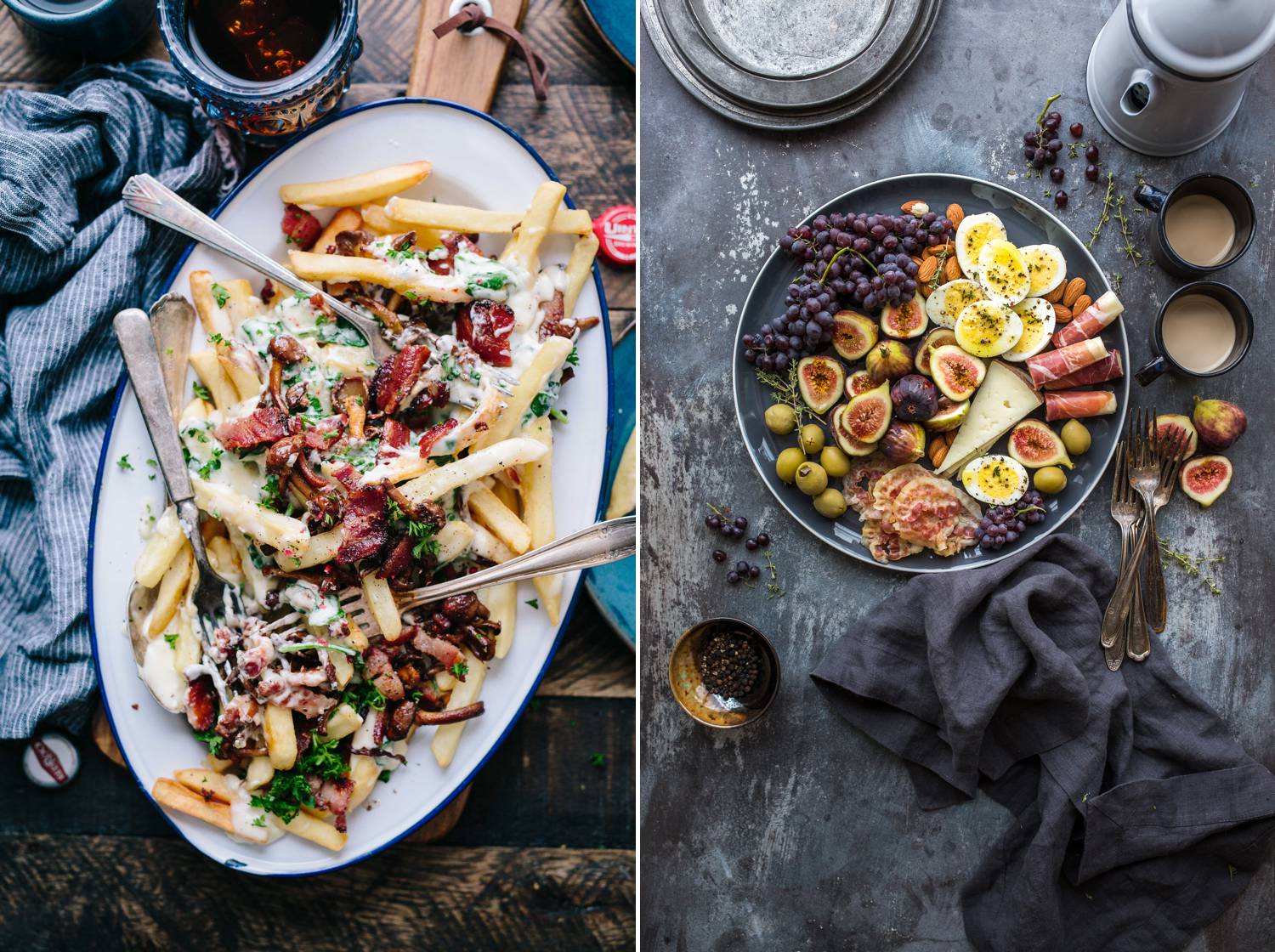
Brooke Lark
Sweeten the deal and offer a subscription discount for recurring clients
Some photographers provide subscriptions and discounts for recurring clients. Offering a subscription food photography service is great for restaurants with changing seasonal menus. It’s a solid way to keep business moving when you’re starting out as a food photographer. Let your clients know when they’re booking you that they could book a certain number of sessions in a subscription format.
What do food photographers charge?
When you settle on your food photography pricing, take these factors into consideration. From prep work to post-production, you’ve got a lot to work with. Actively build your portfolio and client base to build your career as a commercial food photographer. The more experience you gain, the more you’ll have a solid foundation to pursue more valued work!
Written by MEGAN BREUKELMAN | Photography by BROOKE LARK

